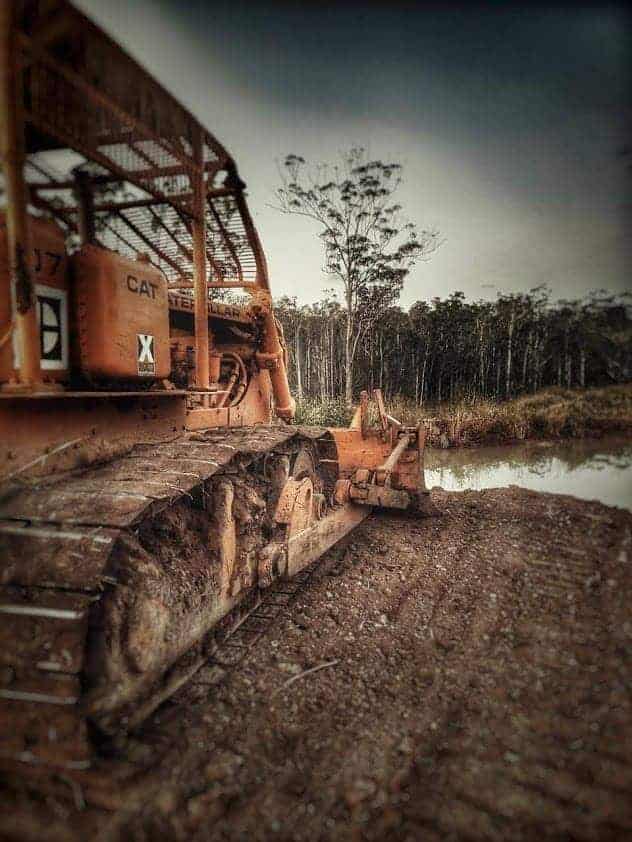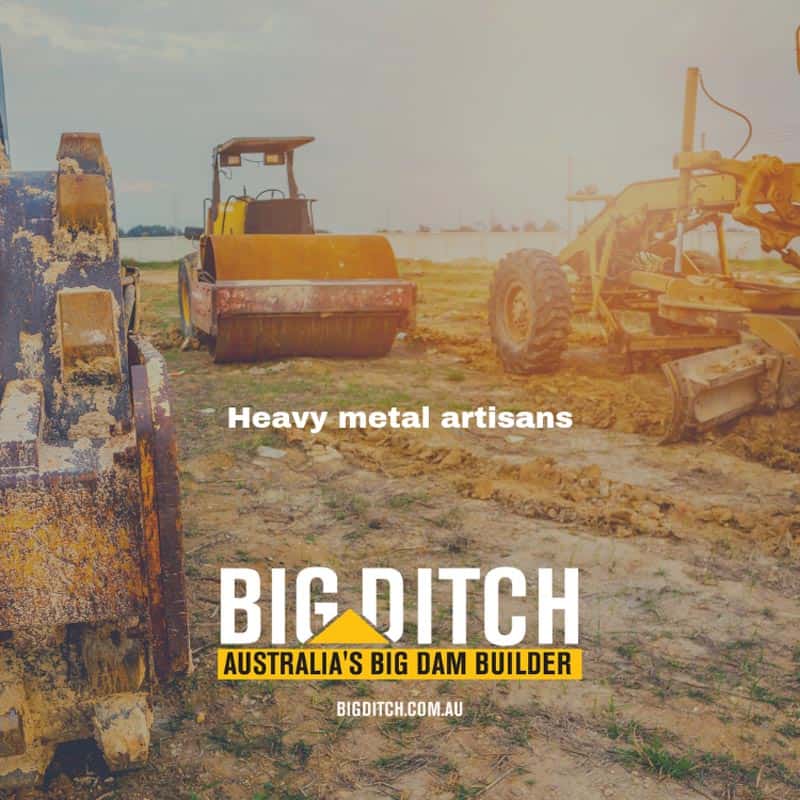FARM DAMS
Farm dams are different from all other dams, and therefore a very specialised niche of dam building for 5 reasons:
- A Farm Dam is made of earth (or soil) sourced on-site – unlike all other types of dams.
- A Farm Dam is built up by compacting successive layers of earth – unlike all other types of dams.
- Farm Dams resist the forces exerted upon it mainly due to shear strength of the soil unlike all other types of dams.
- The structural behaviour of an earth dam is entirely different from all other types of dams.
- Every aspect of its design and construction must be treated as a problem specifically related to each particular site – since no extra materials can be bought onto site due to cost considerations for the end purchaser – unlike all other types of dams.



